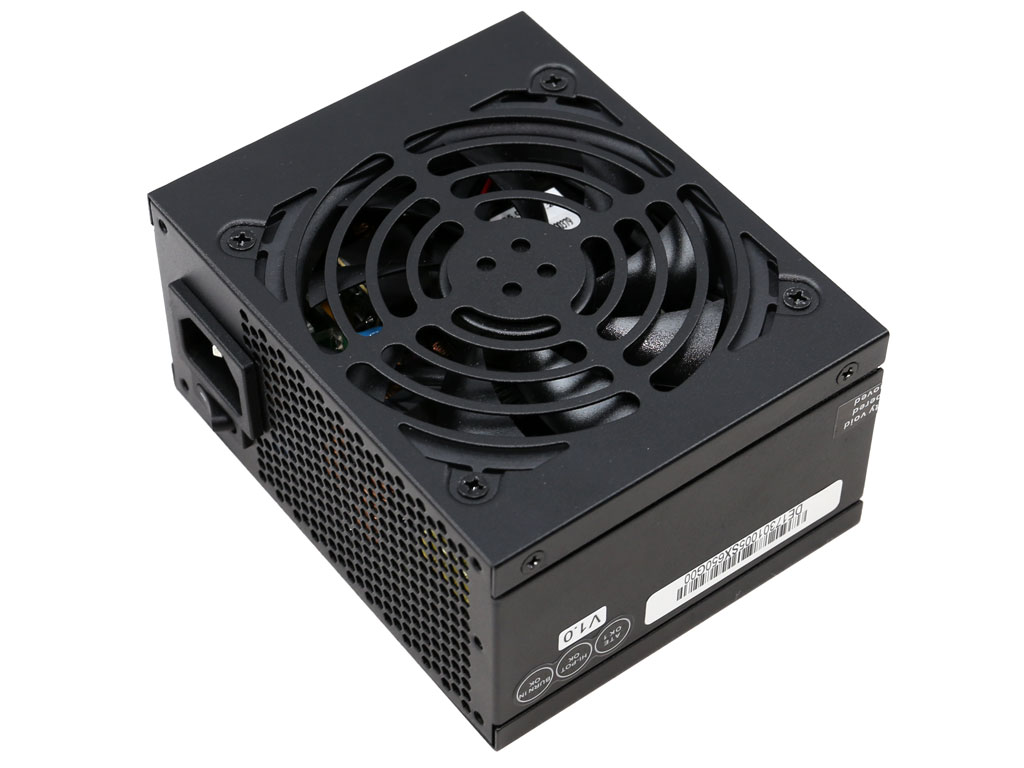Tom's Hardware Verdict
If you need an SFX-based PSU with four PCIe connectors and enough power output to handle a couple of high-end graphics cards, then SilverStone's SX650-G is ideal. It doesn't demonstrate ground-breaking performance, but still gets the job done quietly and efficiently.
Pros
- +
80 PLUS Gold efficiency helps reduce waste heat
- +
Quiet under light and moderate loads
- +
Fully modular
- +
4x PCIe connectors
- +
FDB fan
Cons
- -
High price
- -
Low efficiency under very light loads
- -
Sky-high OPP and OCP on the 3.3V and 5V rails
- -
Over-temperature protection doesn't appear functional
- -
The fan profile could be tuned better
- -
85°C bulk cap
Why you can trust Tom's Hardware
Features & Specifications
The SX650-G is a small form factor power supply that crams tons of capacity into its SFX chassis. SilverStone has lots of experience building compact, powerful PSUs, and this particular model wields four PCIe connectors able to support two high-end graphics cards. Despite its diminutive dimensions, the SX650-G sports a 92mm fan, which is as large as an SFX enclosure accommodates. This keeps it as quiet as possible under light and moderate loads. Of course, once you really tax the SX650-G, its fan has to spin up to keep the internals cool. At that point, it gets pretty loud.
A three-year warranty is surprisingly short compared to the increasingly long guarantees we're used to seeing. The SX650-G's main competitor, Corsair's SF600, boasts a seven-year warranty. Although that PSU is rated for 50W-lower capacity, it serves up high performance and a semi-passive mode for noise-free operation under light loads. The SF600's most glaring weakness next to the SX650-G are its two PCIe connectors. By doubling that number, SilverStone better caters to enthusiast-oriented hardware configurations.
SilverStone sells a number of SFX-based power supplies: four are fully modular, while three feature fixed cables (but are also more affordable). The SX650-G is one of the modular ones. It's also the most potent model with 80 PLUS Gold and ETA-A efficiency certifications. Inside, you'll find Japanese capacitors exclusively. All of the bundled cables are flat and built with black wires.
Specifications
| Manufacturer (OEM) | High Power |
|---|---|
| Max. DC Output | 650W |
| Efficiency | 80 PLUS Gold, ETA-A (88-91%) |
| Noise | LAMBDA-S+ (35-40 dB[A]) |
| Modular | ✓ (Fully) |
| Intel C6/C7 Power State Support | ✓ |
| Operating Temperature (Continuous Full Load) | 0 - 40°C |
| Over-Voltage Protection | ✓ |
| Under-Voltage Protection | ✓ |
| Over-Power Protection | ✓ |
| Over-Current (+12V) Protection | ✓ |
| Over-Temperature Protection | ✓ |
| Short Circuit Protection | ✓ |
| Surge Protection | ✓ |
| Inrush Current Protection | ✓ |
| Fan Failure Protection | ✗ |
| No Load Operation | ✓ |
| Cooling | 92mm fluid dynamic bearing Fan (S0921512HB) |
| Semi-Passive Operation | ✗ |
| Dimensions (W x H x D) | 125 x 63.5 x 100mm |
| Weight | 0.923 kg (2.035 lb) |
| Form Factor | ATX12V v2.4, EPS 2.92 |
| Warranty | 3 years |
The use of 92mm fans is preferable in the world of SFX PSUs; they facilitate the lowest noise output possible, particularly under demanding loads where thermal output is at its highest. Of course, platform efficiency also plays a major role in the equation, since increased efficiency helps minimize waste heat.
According to SilverStone, the SX650-G includes all of the protection features we'd expect to find. However, we weren't able to trigger over-temperature protection during our tests. Also, over-current protection on the 3.3V rail appears to be set unrealistically high.
Power Specifications
| Rail | 3.3V | 5V | 12V | 5VSB | -12V | |
|---|---|---|---|---|---|---|
| Max. Power | Amps | 22 | 22 | 54.2 | 2.5 | 0.3 |
| Watts | 110 | 650 | 12.5 | 3.6 | ||
| Total Max. Power (W) | 650 |
The +12V rail is highly capable; it's able to deliver up to 54A. Meanwhile, the minor rails have ample capacity for any modern PC. The 5VSB rail serves up to 2.5A on paper and more than 4A in practice before over-current protection kicks in.
Cables & Connectors
| Modular Cables | ||||
|---|---|---|---|---|
| Description | Cable Count | Connector Count (Total) | Gauge | In Cable Capacitors |
| ATX connector 20+4 pin (300mm) | 1 | 1 | 16-22AWG | No |
| 4+4 pin EPS12V (410mm) | 1 | 1 | 18AWG | No |
| 6+2 pin PCIe (560mm+150mm) | 2 | 4 | 18AWG | No |
| SATA (310mm+200mm+100mm) | 2 | 6 | 18AWG | No |
| Four-pin Molex (300mm+200mm+200mm) | 1 | 3 | 18AWG | No |
| FDD Adapter (+105mm) | 1 | 1 | 22AWG | No |
| AC Power Cord (1400mm) - C13 coupler | 1 | 1 | 18AWG | - |
All of SilverStone's cables are pretty short. After all, this PSU is destined for small cases. There's really no point in buying an SFX-based PSU for a full-tower chassis, and in smaller enclosures the short cables allow for easier routing.
Get Tom's Hardware's best news and in-depth reviews, straight to your inbox.
The distance between PCIe connectors is adequate, and it is nice to see a bit of extra space between the first and second SATA connectors. Meanwhile, the four-pin Molex SATA connectors are 20cm away from each other. SilverStone went the extra mile and bundled a Berg adapter for anyone who still needs a FDD connector.
The number of PCIe connectors is sufficient, though it'd be nice if there was a second EPS connector as well, since this PSU has enough power to handle it.

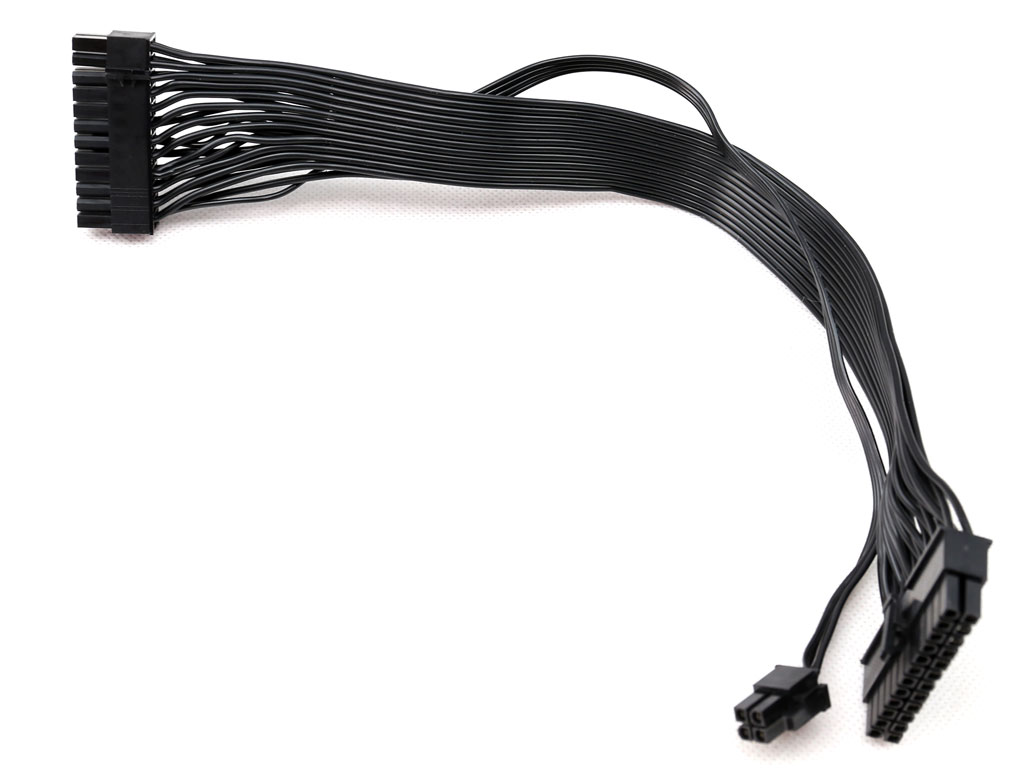


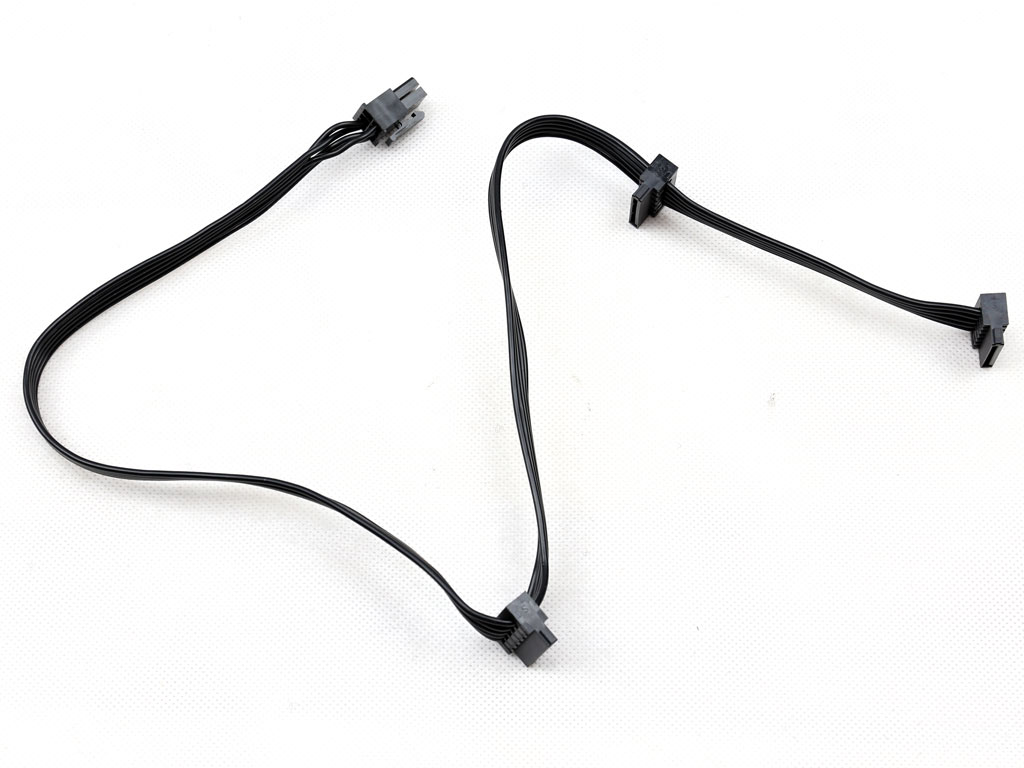
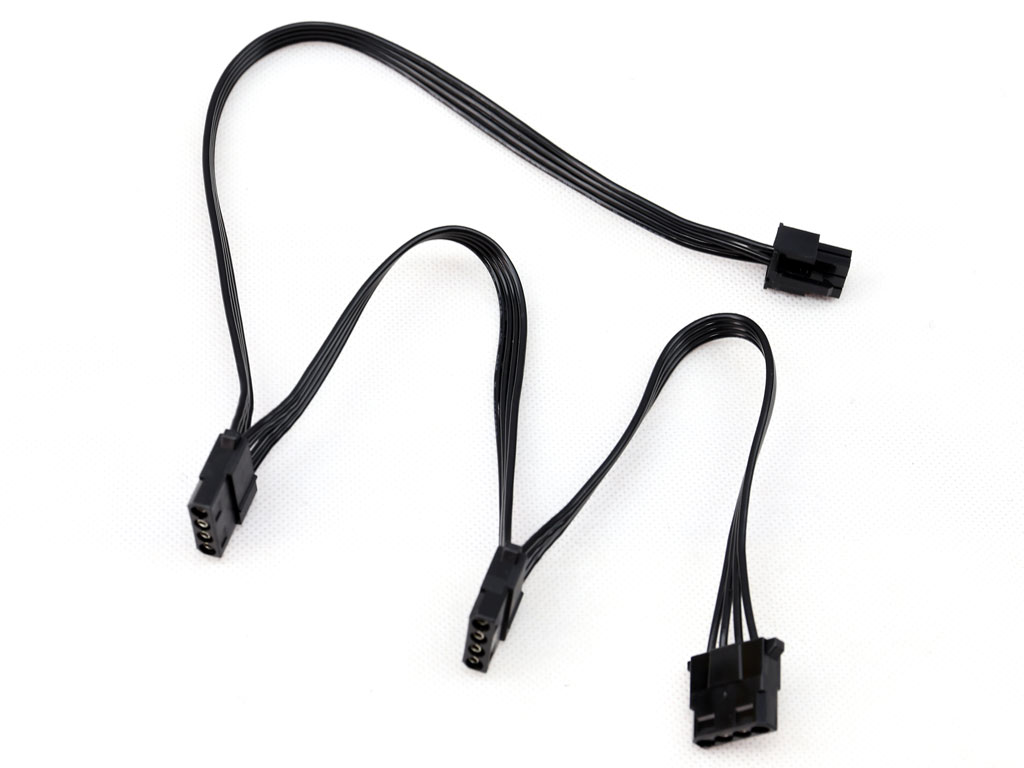
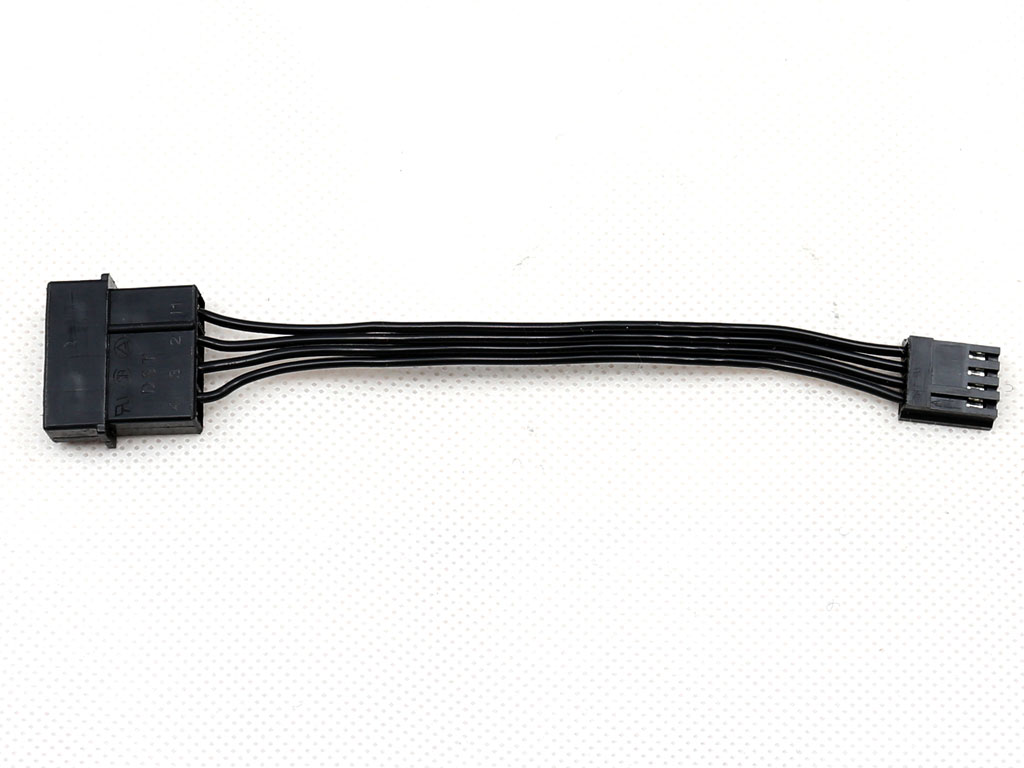
MORE: Best Power Supplies
MORE: How We Test Power Supplies
MORE: All Power Supply Content

Aris Mpitziopoulos is a contributing editor at Tom's Hardware, covering PSUs.
